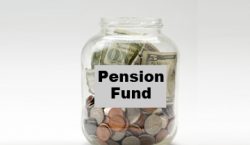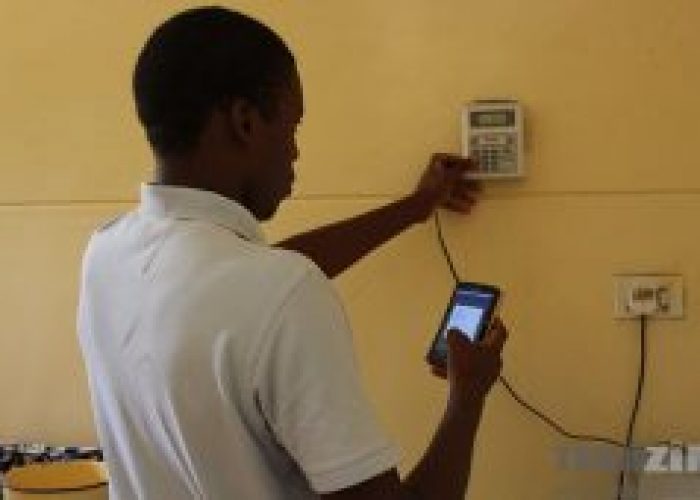



ZESA has announced a new billing system for domestic consumers of electricity. Instead of paying a flat rate, they want to cushion households that use less power somewhat.
Fullard Gwasira, the ZESA PR Manager said:
The Zimbabwe Electricity Transmission and Distribution Company would like to advise its valued customers that it has now started implementing the stepped prepayment tariff for domestic consumers to replace the flat tariff of 14c/KWh which was previously in use for domestic customers.
The flat rate tariff afforded customers of electricity a standard tariff for purchase despite the units purchased and the number of times customers bought electricity in the same month and thus wasteful and expensive for low poor users.
The prepayment tariff is designed to encourage practices, of conserving electricity to consumers, given the current power supply situation. The stepped domestic tariff electricity encourages consumers to use electricity more sparingly and efficiently and rewards them with a low tariff with heavy domestic power users having to pay more for higher consumption. Customers are thus advised to buy electricity units that are sufficient for their monthly consumption as any excess units would be charged at the higher tariff
So essentially this works the same way that Pay As You Earn (PAYE) tax works in Zimbabwe. The first 50kWh of electricity you pay for in a calendar month now cost $0.06/kWh meaning you will pay $3 for those 50. The next 150kWh of electricity you pay for in a calendar month will now cost $0.30/kWh meaning you will pay $45 for those 150kWh. For any purchases above 200kWh you will be charged $0.40/kWh.
So if you use 200kWh of electricity in a month here is how you can estimate how much you now pay: $3 (for the first 50kWh) + $45 (for the next 150kWh) = $48 (for the total 200kWh).
If you use 250kWh for example, this is how you compute what you pay ZESA: $3 (for the first 50kWh) + $45 (for the next 150kWh) + (50 x $0.40) for the final 50kWh = $68.
ZESA says a typical house uses 250kWh per month so that means a typical house will pay $68 for electricity in a month. But then again we generally have electricity a third of the time and we will be sleeping for most of that time. Maybe we should all just pay for 50kWh and see how far it stretches.
If you paid $50 (besides taxes) per month before the tariffs changed, expect to be paying around $100.80 then add your taxes.
If you followed my language carefully you might have realised I was talking about how much electricity you pay for, not how much you consume. The ZESA stepped billing system applies on the first purchase you make in a calendar month and is cumulative for successive purchases you make.
Don’t expect the first 50kWh you pay for at any given time to cost $3. You pay $3 for the first 50kWh you pay for in a calendar month.
The other catch is any taxes that apply, you will still incur those…
If anything goes wrong, click here to enter your query.
The post The More ZESA You Use, The More You Pay- Here’s How It Works appeared first on Techzim.